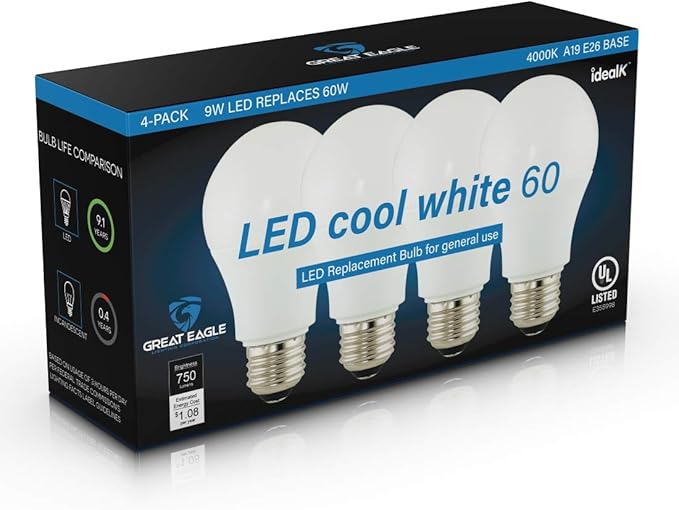When an object or space is enlightened with color temperatures such as soft white vs daylight then it changes the light setting completely. As a result, it’s critical to pick the ideal solution for your specific application.
The terms “soft white” and “daylight” can also be said like Warm vs. cool-toned light. Clearly, we’re talking about two very different color temperatures that are on opposing ends of the color temperature scale. And there is a scale to use when comparing the colors of LED lights which is The Kelvin scale.
Typically, the Kelvin scale ranges from 1,000K to 10,000K. The more yellow tones come with the lower number on the other hand, the greater the number, the more blueish tones there will be.
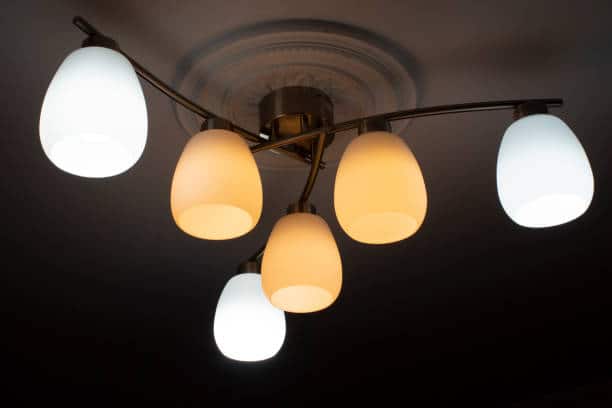
Understanding Light Bulb Labels
Every LED box has a label and understanding the light bulb labels, in general, is very important. It gives a clear idea if you are opting for a new light and you can decide you one will nearly match your need. Lumens are a unit of measurement for the brightness of a light bulb.
For instance, 800 lumens are equivalent to 60 watts of incandescent. It also tells you the estimated cost per year if you use it on a regular basis and also for how long it will likely last. Color temperature is another term for how light appears.
Color temperature is a term used to describe how a light bulb emits light. On a range of 1,000 to 10,000, it is measured in degrees Kelvin (K).
- 1000°- Reddish
- 2000°- Reddish orange
- 3000°- Yellow
- 4000°- Warm yellow
- 5000°- Soft yellow
- 6000°- Bright white
- 7000°- Cool white
- 8000°- Blue white
- 9000°- More Blueish White
- 10000°- Extreme blueish white
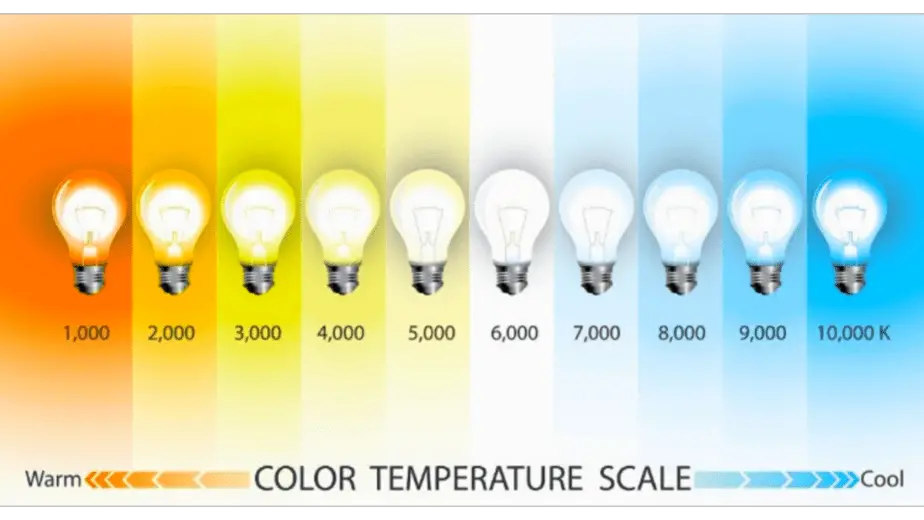
Lumens
Lumens are a measurement of the total amount of visible light emitted by a lamp or light source to the human eye. The “brighter” the lamp appears it means the higher the lumen rating.
For most open places, including commercial buildings, 100 lumens are regarded as good enough brightness to light such areas. Typically about 20 watts is comparable to 100 lumens now let’s get to know a little about watts.
Watts
The watts of a lamp refers to the amount of energy required to provide a specific amount of light. The brighter the light, the higher the wattage, but the more power it consumes.
For instance, a 40 Watt incandescent bulb, generates just 380-460 lumens and consumes 40 watts per hour. Once again, a 100 Watt incandescent bulb provides 1700–1800 lumens and consumes 100 watts per hour of electricity.
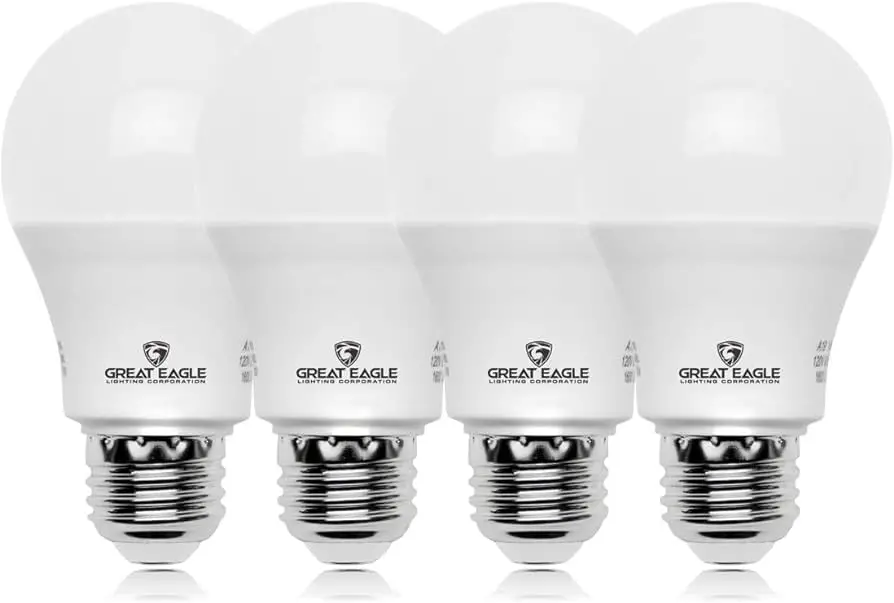
Color Temperature/Light Appearance
Soft White light typically ranges from 2700K to 3000K. On the other hand, the Daylight ranges from 5500K to 6500K.
The normal color range of incandescent lights is soft white, which is warm and yellow. This light emits a comfortable and welcoming atmosphere, making it ideal for spaces such as living rooms, bedrooms, and bathrooms.
The color of daylight is more bluish. This light tone will increase color contrast, making it great for highlighting each aspect such as working, reading, or applying makeup, for example.
Soft White vs Daylight
There is a significant distinction between Soft White vs Daylight.
The Soft white light has warmer tones and is frequently yellow in hue. Daylight, on the other hand, is much cooler, with more white and even blueish tones.
Soft white goes more earthy tones and is suited for domestic settings. Daylight features stronger blueish colors and is suited for commercial environments.
Soft White goes more with a home setting like Kitchen area, Drawing rooms, Bedrooms, Bathrooms, and so on. On the other end, Daylight is mostly suitable for: Commercial spaces, Garages, outside areas, and so on.
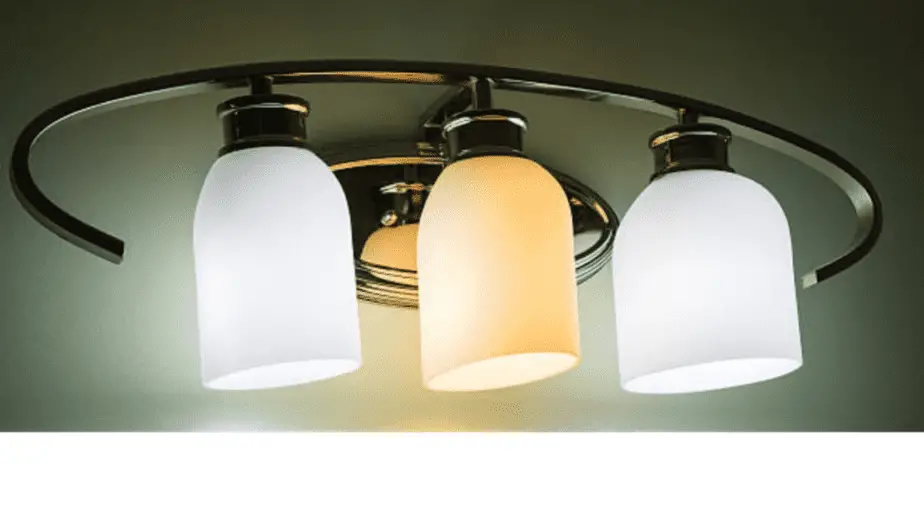
Soft White or Daylight for Bathrooms
In most bathroom or vanity areas, a stronger light is preferred if I have to put in Kelvin scale then I would say between 2000K to 6000K is a good range for bathrooms.
As mentioned earlier, soft white light falls around 2700K-3000K, which goes best with earthy tones as it helps to highlight the wooden furniture, whereas daylight is around 5500K-6500K, which gives more bright white light and is more suitable for commercial spaces.

When it comes to picking a particular light, you also need to keep in mind the following factors:
- Wall Color
- Room size
- Furniture color
- Presence of natural light
For instance, you might like Daylight but, your wall color is off-white and you have got plenty of wooden furniture at home, therefore, in such circumstances soft white light might be a better option than going for daylight.
Great Eagle- 9W 4000K Cool White LED Light Bulb
A perfect one between soft and daylight color temperature
Soft White or Daylight for Kitchens
In comparison between soft white vs daylight, If you have a traditional kitchen then soft white lighting is always preferable. If you make led light warmer you will have gentler on the eyes than a daylight fixture but also it brings out the true beauty of wood texture and looks fantastic with earthy tones.
However, if you have a more modern kitchen, then you must search for a Daylight ranging from 5000K-6000K range. This is usually preferable to a daylight hue of 6000K, which is harsher and has a blueish tint.
With a daylight fixture, you want to avoid making your kitchen appear overly sterile and unwelcoming. Instead, choose a soft white or a cool white to meet in the middle. On my darker wood veneer cabinets, I tested both 3000K and 6000K.
Surprisingly, the smooth white tone of 3000K was rather pleasing. The much brighter 6000K, on the other hand, was too harsh and didn’t make the cabinet pop as much. But it’s a trade-off. The daylight color temperature does offer a more “task” focused light, which is useful in the kitchen. The gentle white also gives the wood grains and cabinetry a natural appearance.
Consider the color of your cabinetry. This is more important than most people realize. Look for a cool white light, not daylight, even if you have white contemporary cabinets.
With “white” light, white cabinetry looks best. Look for a color temperature of 3500K to 5000K. “Warm” light is appropriate for wood cabinetry. Look for a color temperature of 2700K-3500K.
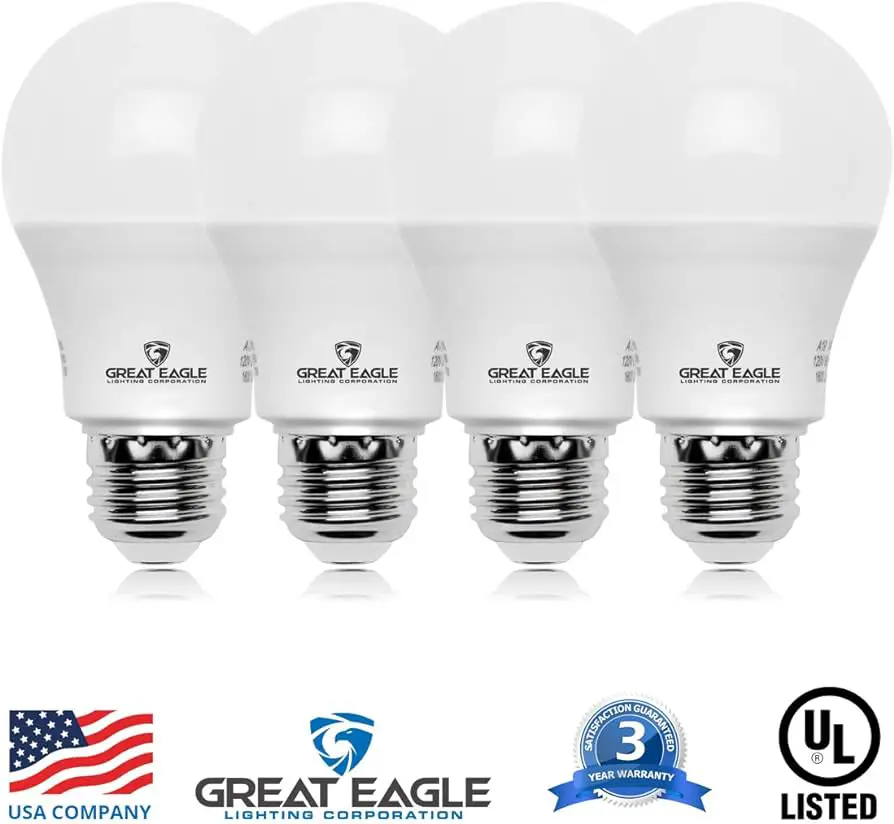
Soft White or Daylight for Bedrooms
We mostly use our bedrooms to calm and refresh. In bedrooms, soft white light or even a warm, yellowish light is preferable. Your lights should have a color temperature of 2000K to 3500K. Most of us would appreciate some time in the sun during the day. When it comes to illumination, however, the term “daylight” isn’t the most pleasant color in bedrooms. It might be a blueish light that is exceedingly intense and harsh. Stick with the tried-and-true warm white color for lighting if you really want to make your bedroom a warm and pleasant area.

I photographed my floor lamp with various types of bulbs. With the lamp cover dispersing the yellows in the soft white and the blues in the daylight, you can truly feel the difference.
Soft White or Daylight for Commercial
There is a saying that goes like “First impression is the last impression”, between soft white vs daylight light bulbs for a commercial setting, you would want your clients to come and get astonished by the first impression. That is why it is important that your customers can see each and every detail of your interior closely and using Daylight, in that case, becomes a must.
Unless you are owning a hotel or restaurant where you want your customers to feel comfortable and relaxed, I would not recommend you to use Soft White light. From displaying items in a shop to attending business meetings in a conference, Daylight has become a norm for everyone.
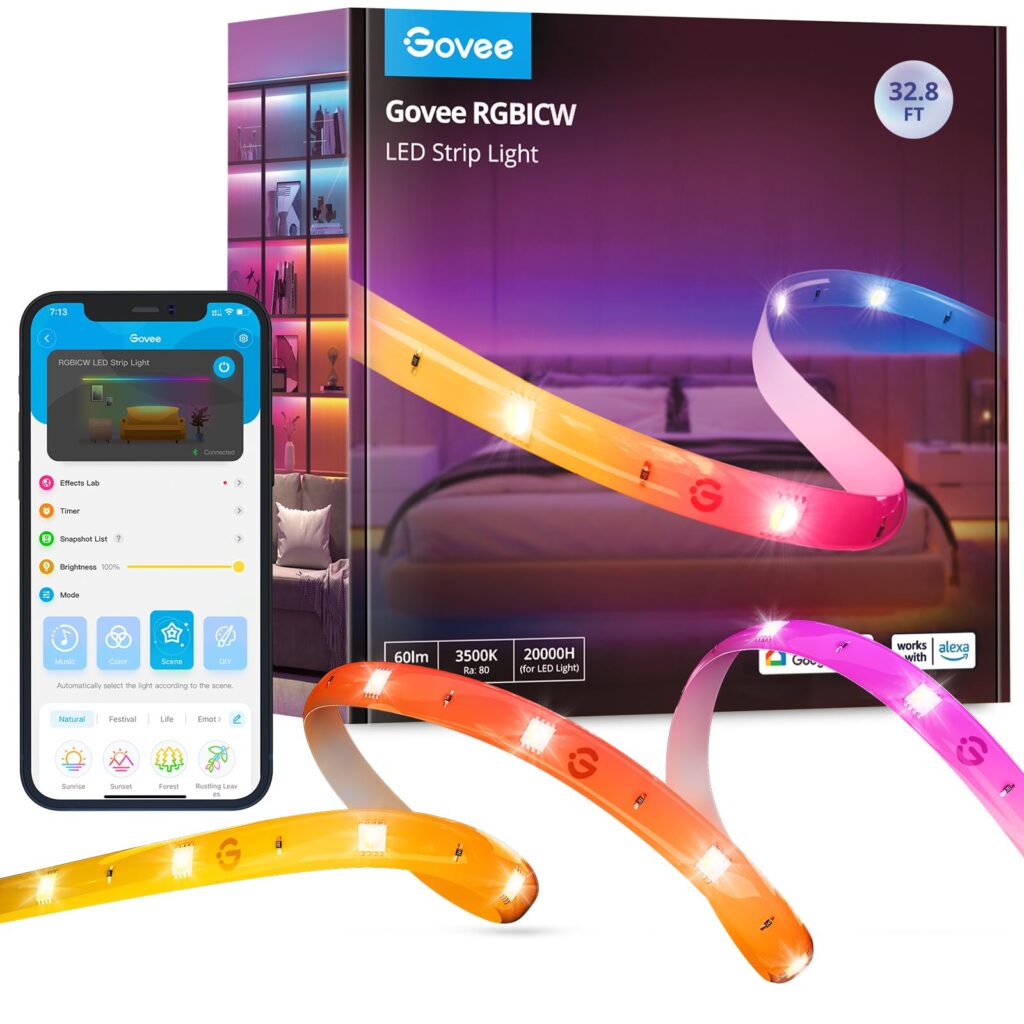
Soft White or Daylight for Garages
In garages, you need clear vision in order to see the hard-to-reach places of your vehicle which is why I would suggest a light that will help you see all the details precisely.
If you have a comparatively large space then Daylight is a must for you. This is a bright white light that gives a clearer vision and it is best for showcasing things. Therefore, I would not suggest using soft white light in this case at any cost.
Soft White or Daylight Bulbs for Outside
Here you can use both soft white light as well as daylight because it really depends on the purpose. If you are trying to give a homely look to your outdoor space then you can go for soft white light.
However, outside space requires more attention to detail as it needs to draw the attention of people in the first place. That is why it is mostly seen that the outdoor space is exposed with more lights than any other place and that is the sole reason why daylight is often seen to be used.
Soft White Lights
The most popular color for residential uses is undoubtedly soft white. It’s a 2700K-3000K or a warm white, in my opinion. Soft white color tones are just more versatile than a daylight bulb.
Soft white lights are available in a variety of fixtures, including:
- LED Light Bulbs
- Incandescent Bulbs
- LED Strip Lights
- Recessed Ceiling Lights
- Puck and Stick Lights
Govee – 3000K Soft White LED Light Strip
3000K soft white LED light strip with control box. Easy to cut and easy to decorate.
Daylight Lights
When looking for a daylight fixture, many of the most popular types are readily available. You can utilize tunable lights to switch between daylight and soft white in some circumstances, such as smart bulbs. You can deploy daylight fixtures in the following areas:
- LED Light Bulbs
- LED Strip Lights
- Ceiling Lights
- Incandescent Bulbs
- Stick Lights
Philips Hue – A21 Daylight Smart LED Bulb
A perfect one as a deylight LED bulb. High lumen smart LED bulb with Bluetooth & Zigbee compatible (Hue Hub Optional), Works with Alexa & Google Assistant.
Which Is Better Daylight or Soft White
Without a doubt, both Soft white light vs Daylight is deployed for a variety of applications and complement various color palettes. There is a simple concept to follow when deciding whether Daylight or Soft White Light is best. It has been observed that people like to adopt soft white lighting at home. It offers your home a warm and cozy sense, and it pairs well with earthy tones, especially wooden furniture.
On another end, Daylight is mostly used in Commercial spaces and it goes perfectly with modern white or light color furniture. However, this is just a rule and not necessarily, you have to follow it at any cost. It also depends, on your overall furniture color, wall color, the size of your room, and the purpose of using either of these lights.
Are Daylight Bulbs Better for Your Eyes?
In general, “cool” or “bright white” fluorescent lamps should be avoided. These bulbs produce a somewhat bluish light and are commonly seen in businesses and schools.
This is due to the fact that these lights produce an excessive quantity of UV radiation, which can harm your eyes. It’s the same reason we advocate wearing sunglasses outside, especially in the summer, except the UVs are emitted by your light bulbs rather than the sun.
Fortunately, “warm light” is both safe for your eyes and more efficient. They do produce UV rays, but only in smaller amounts.
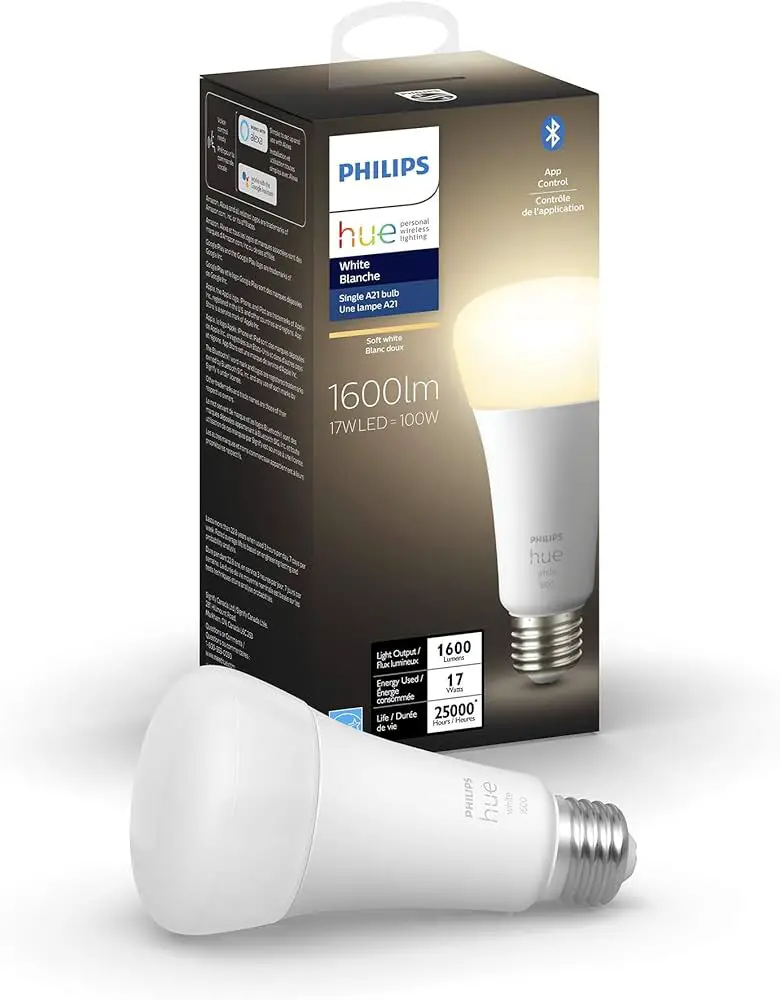
How to Choose Between Soft White and Daylight Bulbs
If I have to talk about paint color then I would recommend using soft white lighting to bring out warm tones such as earth tones or neutral tones. However, a daylight bulb will go hand in hand if you have cooler paint colors like blues and greens as it will make your room look more vibrant and colorful.
Read also: 4000K vs 5000K LED Light Color Temperature
Tips & Warnings
- A soft white bulb gives off an orange color glow and the way the light interacts very well with warm colors in a room, such as reds, oranges, and browns, and that is why it’s regarded as a warmer color temperature.
- A Daylight emits a white tone with blue tints, identical to actual daylight. A daylight bulb offers outstanding color contrast, but a soft white bulb blends colors in a room.
- Soft white light welcomes a warm and relaxing environment, while a bright and lively atmosphere calls for daylight.
- A daylight bulb will help with detailed chores, but a homely space does not necessitate a high level of brightness so soft white light suits the most.
Read Also: 2700K vs 3000K – The Differences to Choose Easily
It’s Time to Take Your Decision
Lighting is a matter of taste. What appeals to your eyes, may not appeal to others. If feasible, experiment with several lighting options to determine what works best. Among Soft white vs Daylight, If you ask me, What is the most perfect way of selecting a light’s color temperature?
Then I would say there isn’t a single true approach. Obviously, there are some solid rules which we can follow, but in the end, it comes down to personal preferences. It’s usually a good idea to experiment with different lights and hues when it comes to lighting. You might like something you wouldn’t have expected to like.
Read Also: RGB vs RGBIC Strip Lights – Both Are Same?

My strong expertise is illuminating spaces. With a keen eye for detail and a passion for transforming environments through lighting, my dream is to leave indelible mark on the world of light design. Below are few facts of my biography, highlighting career and hobbies. Click here to contact me.
